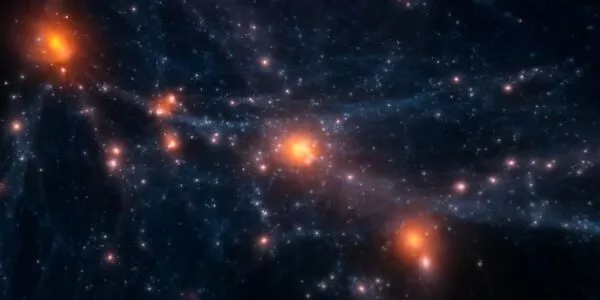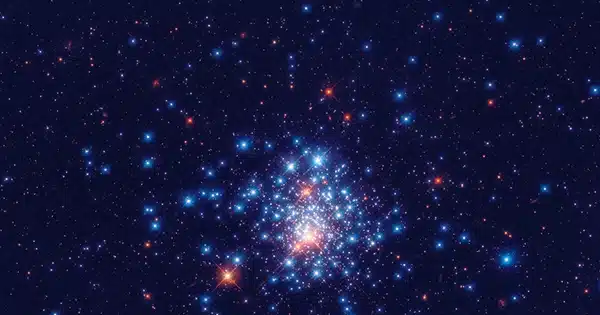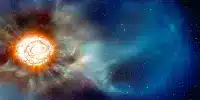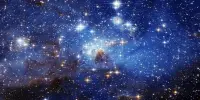Through a pair of glasses, this vision of space would appear to be nothing more than a circular hazy splotch, even in regions with clear skies and little light pollution.
This globular cluster in the constellation Sagittarius, however, appears to be a dazzling spread of gemstones in a recently published Hubble Space Telescope image(Opens in a new browser). Globular clusters(Opens in a new browser) are compact circular collections of stars that resemble cosmic disco balls. Messier 55, also known as the “Summer Rose Star,” is this one.
Hubble’s clear perspective from low-Earth orbit makes it feasible to distinguish individual stars within clusters, which is a benefit. M55 stars are visible in some observatories on Earth as well, but they are much rarer. Astronomers can now investigate what kinds of stars are contained within globular clusters thanks to Hubble, which has transformed our knowledge of these structures. Additionally, scientists are curious about how they change over time and how gravitation affects their make-up.

The understanding of so-called “blue stragglers,” which are present in globular clusters like this one, has also been aided by Hubble. These objects were given their name because they have a blue tint and seem to be more recent stars than those around them.
Under specific circumstances, stars receive additional propellant that acts as stellar anabolic steroids, causing them to build up and become brighter. According to astronomers, this occurs when two stars collide or when one star draws material from a close neighbor. This occurrence makes blue stragglers retreat from old age to a hotter, Brad Pitt-stage of outstanding life, turning them into Benjamin Button(Opens in a new browser).
There are about 100,000 stars in Messier 55, and each star’s tiny speck of light travels through space for 20,000 years before it reaches the sensors of the renowned telescope, which is jointly operated by NASA and the European Space Agency. Only a small part of the 100-light-year-long cluster can be seen in this image.
An observer from France discovered the globular cluster for the first time in 1752 in what is now South Africa. NASA notes that Messier 55 lacks a dense center and many of its stars are naturally faint, which may be why renowned observer Charles Messier had difficulty seeing it when compiling his inventory of nebulae and star groups. (Opens in a new tab). A dense blanket of atmosphere and water vapor obscured his view from his telescope in Paris. For another 26 years, he neglected to capture the item.
Due to the stars’ intense gravity attraction to one another, this cluster appears circular. There are 55 changeable stars in this collection, whose luminosity varies over time.
Many novice and expert astronomers make an effort to watch all 110 cosmic objects in the Northern Hemisphere listed in Messier’s catalog during the month of March(Opens in a new tab). Nearly all of them have been captured on camera by Hubble.















